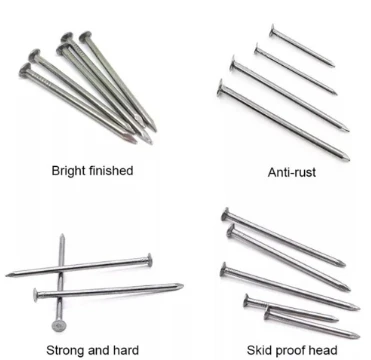welded wire mesh size
Welded Wire Mesh Size An Essential Guide for Construction and Design
Welded wire mesh is a versatile and widely used material in various construction and design projects. Its applications range from residential buildings, industrial structures, and road reinforcement to agricultural uses and decorative designs. One of the crucial aspects of using welded wire mesh is choosing the right size to fit specific project requirements. This article aims to provide a comprehensive guide on welded wire mesh size, its importance, and how to select the appropriate dimensions for your needs.
Understanding Welded Wire Mesh
Welded wire mesh consists of a grid pattern of steel wires that are welded together at their intersections. This design provides strength and rigidity, making it ideal for concrete reinforcement, fencing, and various other structural applications. The mesh is usually available in different wire diameters, opening sizes, and sheet dimensions, allowing for a range of functionality depending on the end use.
Importance of Size in Welded Wire Mesh
Selecting the appropriate size of welded wire mesh is critical for ensuring the structural integrity of a project. The size of the mesh affects its load-bearing capacity, flexibility, and overall effectiveness. For instance, a thicker wire diameter will generally provide greater strength, while a larger opening size can reduce the weight of the mesh but may not support heavy loads. The mesh size must align with the intended application to achieve optimal performance.
Common Sizes of Welded Wire Mesh
Welded wire mesh is available in various sizes, which can be categorized by wire diameter, mesh opening (spacing), and sheet dimensions.
1. Wire Diameter The wire diameter typically ranges from 1.0mm to 6.0mm (1/16 inch to 1/4 inch) or more. Thicker wires are suitable for heavy-duty applications, such as industrial floors or high-load areas, while thinner wires may suffice for light applications, such as temporary fencing or garden use.
2. Mesh Opening Size The openings can also vary significantly, commonly ranging from 1 inch to 6 inches. Smaller openings provide better support for finer materials, making them suitable for applications such as concrete reinforcement, whereas larger openings might be preferred in situations where lighter materials are used, such as in decorative applications.
welded wire mesh size

3. Sheet Dimensions Welded wire mesh is sold in various sheet sizes, with the most common dimensions being 4x8 feet or 5x10 feet. Standardizing these dimensions helps streamline the purchasing process and ensures compatibility with standard construction materials.
Selecting the Right Size
When choosing the right size of welded wire mesh for your project, consider the following factors
- Application Identify the primary use of the mesh. Will it be used for structural reinforcement, fencing, or ornamental purposes? Each application may require different mesh sizes and configurations.
- Load Requirements Analyze the anticipated loads the mesh will need to support. For heavy machinery or heavy materials, thicker wires and smaller openings might be necessary.
- Environmental Factors Consider environmental conditions such as exposure to moisture, chemicals, or extreme temperatures, which may require specific corrosion-resistant treatments or thicker wires.
- Aesthetic Considerations For decorative applications, the size and spacing of the wire mesh can significantly affect the visual appeal, so choose a design that complements your project’s aesthetic goals.
Conclusion
Welded wire mesh is a fundamental component in various construction and design applications. Its size plays a vital role in determining its suitability and effectiveness for a given project. By understanding the different sizes available and the factors that influence your decision, you can ensure that you select the right welded wire mesh to meet your specific needs, contributing to the overall success and durability of your construction endeavors. Whether you are a contractor, designer, or DIY enthusiast, taking the time to choose the correct mesh size will pay off in the long run.
-
Space-Saving Chain Fence Hacks Vertical Gardening with Cyclone MeshNewsJul.16,2025
-
Innovations in Iron Nail Wire Production for Modern ConstructionNewsJul.16,2025
-
Creative Uses of Wire Netting Fence in Modern Landscape DesignNewsJul.16,2025
-
Barbed Wire Fence Innovations in Anti-Climb TechnologyNewsJul.16,2025
-
Architectural Uses of Umbrella Nails for Aesthetic Roof DesignsNewsJul.16,2025
-
Architectural Uses of Razor Barbed Wire in Secure Urban DesignNewsJul.16,2025




